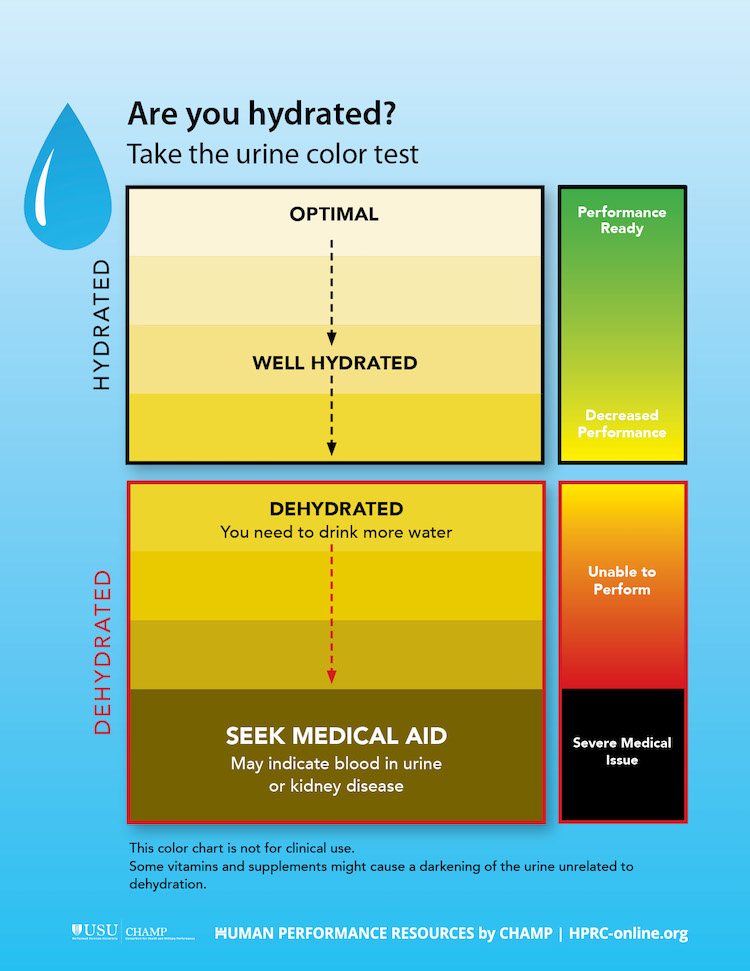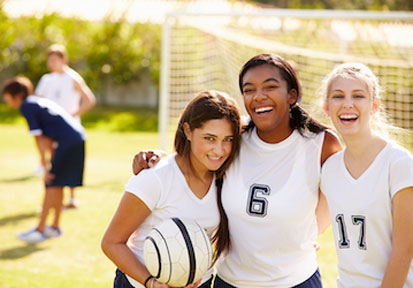Knowing what and when to eat and drink can help your young athlete be on top of his or her game. Your teen’s schedule might seem more like a pro athlete’s workout schedule with two-a-days, strength-training programs, and speed training. However, these are common building blocks of teen athletes’ training for sports. The table below provides general guidelines for what and when to drink and eat before, during, and after practice and workouts.
|
Fluids |
Divide your child’s weight (in pounds) by two—that’s the minimum amount of water (in ounces) he or she should drink over an entire day. One ounce is about a gulp. |
|
Before exercise |
|
|
During exercise |
|
|
After exercise |
|
Eating nutrient-packed meals and snacks before, after, and even during practices and games is essential for optimal performance. The right balance of carbohydrates and protein work together to fuel and build muscles. The table below offers some ideas.
|
Before exercise |
During exercise |
After exercise |
|
Essential: Get some food in your system before practice or workout! (Aim for 30–60 minutes before.) Eat what you can tolerate, such as:
|
Break (for Two-a-Days): Eat what you can tolerate and remember that you need to replenish for your second workout. Suggestions:
|
Essential: Eat immediately after your workout (gym lobby or ride home)—within about 45 minutes. Suggestions:
Dinner: Replenish the body with a well-balanced nutritious meal and hydrate with water. |
Staying hydrated goes hand in hand with peak performance. It’s often difficult for adolescent athletes to stay hydrated in heat and humidity, but drinking regularly and keeping an eye on urine color can be helpful.

Note: Sleep is essential to optimal performance and recovery. Teens need at least 9–10 hours of sleep each night, so factor that in with your fueling plan too!
